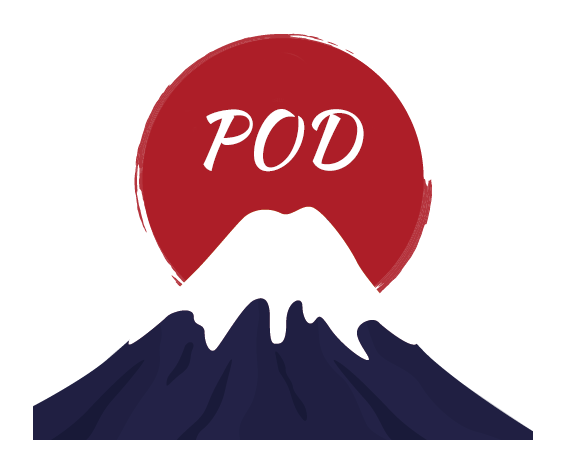The Edo Period, also known as the Tokugawa Period, was a time of cultural and artistic flourishing in Japan that spanned from 1603 to 1868. This era was characterized by the rule of the Tokugawa shogunate and a strict policy of isolationism, which led to a unique and distinct artistic style that still influences Japan's art scene today.
One of the key artistic styles that emerged during the Edo Period was ukiyo-e, which translates to "pictures of the floating world." Ukiyo-e prints were mass-produced woodblock prints that depicted scenes from everyday life, such as landscapes, portraits, and kabuki theater performances. These prints were affordable and accessible to the general public, making them immensely popular and influential.
The ukiyo-e style was characterized by bold lines, vibrant colors, and intricate details. Artists like Hokusai and Hiroshige became renowned for their landscape prints, which captured the beauty of Japan's nature and landmarks. The Great Wave off Kanagawa, one of Hokusai's most famous works, is a prime example of the ukiyo-e style and remains an iconic image of Japanese art.
Another significant artistic style that emerged during the Edo Period was the Nanga school, also known as literati painting. Influenced by Chinese literati painting, Nanga artists focused on expressing their individuality and personal emotions through their works. These paintings often depicted landscapes, birds, flowers, and calligraphy, using ink and wash techniques to create a sense of simplicity and elegance.
The Rinpa school was another influential artistic style during the Edo Period. Characterized by its decorative and luxurious aesthetic, Rinpa art often featured gold and silver leaf, bold colors, and stylized motifs inspired by nature. Artists like Ogata Kōrin and Sakai Hōitsu were prominent figures in the Rinpa school, creating stunning screens, scrolls, and lacquerware that showcased the beauty and elegance of Japanese traditional art.
In addition to these artistic styles, the Edo Period also saw the development of various traditional crafts, such as ceramics, lacquerware, and textiles. These crafts were highly valued and sought after, both within Japan and internationally. The Kakiemon style of porcelain, for example, gained popularity for its intricate designs and vibrant colors.
The Edo Period's artistic styles not only reflected the aesthetics and cultural values of the time but also played a significant role in shaping Japan's art history. These styles continue to inspire and influence artists today, both in Japan and around the world.
In conclusion, the Edo Period in Japan was a time of artistic renaissance, with various styles and forms of art flourishing. The ukiyo-e, Nanga, and Rinpa schools, along with traditional crafts, left a lasting impact on Japan's art scene. Exploring the artistic styles of the Edo Period allows us to appreciate the rich cultural heritage of Japan and the creativity of its artists.
Related recommendations:
Products designed and printed with the 10 most popular ukiyo-e themes.

